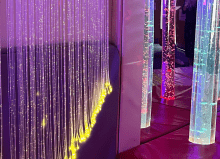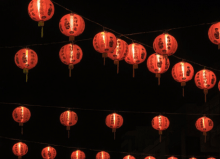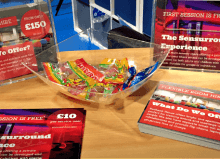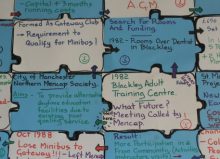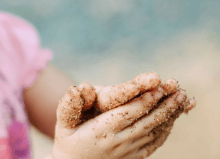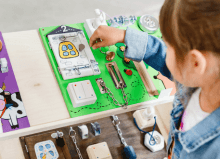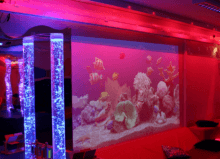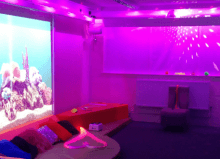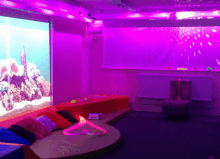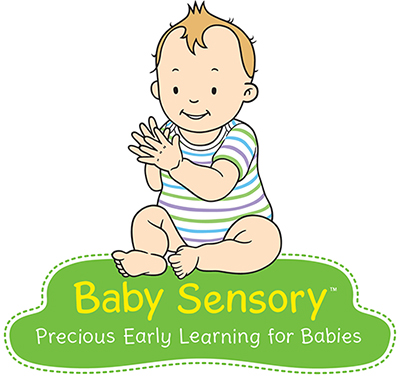Sensory Accessibility: How to Support Someone with Sensory Differences
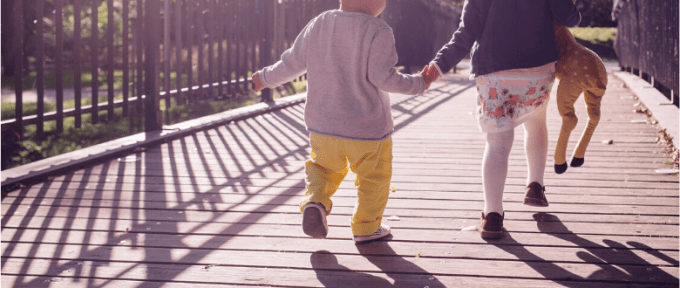
We always consider physical accessibility when preparing a trip with someone who has a physical disability, but do we consider sensory accessibility?
Our guest blog contributor, Joanna Grace, discusses ways to support someone with sensory differences.
Going into a new environment asks a lot of us. For any of us, new sights, sounds and smells take some adjusting to – and there is a mental effort that goes with this adjustment. For someone who processes sensory information in a different way, this effort can be more significant. Although they might not always experience sensory differences, the amount of extra work their brain is asked to do when entering a new environment might tire them out. As a result, we could expect to see the sort of emotional responses we would see from someone who is exhausted. They might be grumpy, short tempered or overly emotional.
If we are supporting people whose senses or mental capacities work differently to our own, we do not want to conclude that we will not take them to new places. Instead, we must use our capabilities to consider sensory accessibility and whether there is anything we can do to enhance the sensory accessibility of a place for the person we are supporting.
It isn’t just specific places that require sensory adjustment. Christmas, Birthdays, bonfire night, Halloween, Diwali and so on all see environments change at a sensory level.
Before you take someone to a new place or introduce a new experience, it is worth going to that place yourself to audit the sensations on offer and think through what that experience will entail. Are they going to have to move between places of high visual contrast – light to dark? Will there be particular smells they will encounter? Is the place where they will stand/sit sensory friendly? What will this place or experience sound like? Are there particular tastes associated with the experience? Being aware of the sensations involved in an experience or activity will help you as you start to think about supporting sensory accessibility for someone.
There are lots of ways we can support sensory accessibility and I am going to briefly share two in this article. I am sure once you start thinking along these lines you will come up with many more.
Sensory Stories
Sensory stories are marvellous things, deceptively simple and yet they can do so much to enhance engagement and communication. (You can download a free guide to getting the most out of telling them from www.thesensoryprojects.co.uk).
Since starting The Sensory Story Project in 2013 I have written a good handful of sensory accessibility stories, even one for Kensington Palace! These stories do not have any great plot twists or duplicitous characters. They simply describe, in order, the experience of going to a place, or doing an activity. The words of the story are accompanied by the smells, tastes, textures, sounds and sights of that place. They often invite movements associated with the place, for example if there are going to be bumpy cobbles to be rolled over, or if the activity will involve dancing, then these movements will be in the story.
By sharing the story ahead of going to a place, it gives people the chance to practice the sensations they will encounter when they get there, and to understand at a sensory level what to expect. This can take away some of the anxiety from the situation and can mean people are better able to access, take part, and even enjoy the activity or experience.
Most recently I co-authored such a story with a friend of mine who has profound and multiple learning disabilities. And I am delighted to say that she won an award in recognition of her work making a trip to a circus more accessible for people with sensory and intellectual differences. You can see a little film about our story
Sensory Play
Some experiences do not happen in neat narrative order, such as Christmas. As the big day approaches, could you accurately say whether the smell of sprouts will hit before or after Grandpa starts his enthusiastic rendition of jingle bells? Although the Christmas changes in your home might not seem so significant to you, the glint of tinsel and fairy lights could be alarming for someone who experiences differences to their visual processing.
Having the chance to encounter experiences associated with a particular time or activity beforehand can go some way to making all the newness and difference more palatable. This is especially true for people who are likely to find the difference difficult to cope with, even if the sensations within that are all at a level that they are able to comfortably process.
Can you find ways to play with the sensations that will come with the activity or event ahead of it happening? For example, could you wrap a little bit of tinsel around a ball and play a catch game. You need to choose an activity that the person is familiar with. Playing catch with the tinsel ball will give that person the opportunity to practice feeling the fronds of the tinsel and seeing the way the light bounces off them.
I recently made a tray of rainbow coloured rice, each colour was fragranced with a festive scent: nutmeg, cinnamon, clove, ginger, and so on. There was no particular thing a person was meant to do with the rice. The rainbow was simply to make it look enticing to explore. Moving your fingers around in the tray muddles the colours and throws up the fragrance – a gentle calming activity that is full of festive aromas. Hopefully in the heady chaos of Christmas day, the scent association with this activity will go a little way to helping us hang on to our cool.
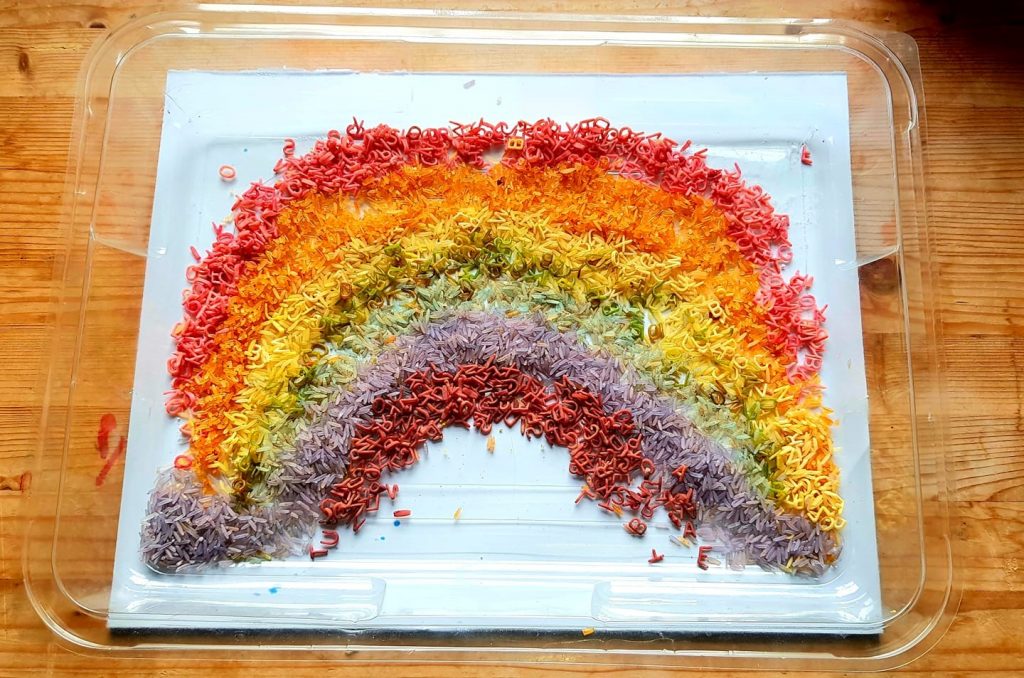
Joanna Grace’s rainbow sensory rice
Creating scented rice or pasta in this way is simple. I just mixed food colouring with dry rice and pasta shapes and then left on a radiator to dry out. For some of the scents I did the same thing, but using essential oils instead of food colouring. For others, I simply mixed in a teaspoon of that particular herb or spice to the rice.
Having these gentle opportunities to encounter sensations ahead of time and get used to them can make special events all the more enjoyable for people who may not otherwise be able to cope with the change or the new sensations.

